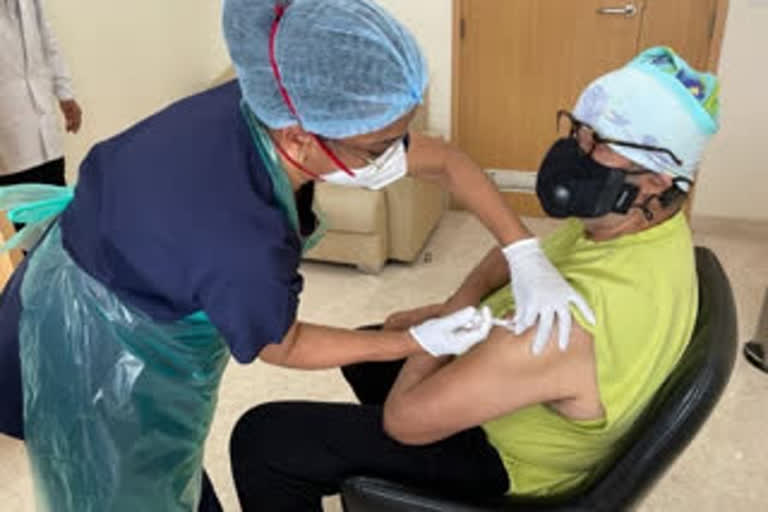Mumbai:India would be able to achieve "herd immunity" only after October, and the country needs to drastically scale up its vaccination drive, a SBI Ecowrap report said on Friday.
The report said that till date, the country has given around 16.50 crore vaccine doses with around 13.10 crore having taken the first round and the remaining 3.15 crore have taken both the required doses.
Accordingly, the percentage of people who have availed both doses is around 19.5 per cent of the total vaccination jabs given so far, at the average rate of 17 lakh per day in May, compared with an average of 28 lakhs daily in April.
"Given this trend, India can only be able to vaccinate 15 per cent of her population by October 2021 (which is required for herd immunity, given the other countries' trends), but only if we are able to vaccinate around 55 lakh persons daily in Sep-Oct," said the report, authored by Dr Soumya Kanti Ghosh, Group Chief Economic Advisor to SBI.
Read More:Vaccination cheaper on the economy than lockdowns: SBI Research
He added that since vaccination is the only driver as of now to contain the Covid scourge, and the researchers analysed the estimated ideal share of each state in total vaccines based on distribution parameters including population in 18-plus age, total deaths, Covid cases and deaths and juxtaposed it with the vaccination distribution.
The results showed that Maharashtra, Uttar Pradesh, Delhi, and Chhattisgarh may have received lower vaccine doses than they require, whereas, states like Rajasthan, Kerala, West Bengal and Gujarat have received more doses.
For instance, it said if Maharashtra's share should have been 17.8 per cent in the total vaccine allocation, as per current data, it is getting only 10.1 per cent and with more in the pipeline, this share would be only 10.2 per cent, making it well below the requirements.
Thus, these states with a lower share of vaccines would need to procure a large number of vaccines in future from the manufacturers to fill the gap.
"However, we also need to understand that there will be always a gap in ex-ante and ex-post vaccine distribution given the spread of Covid-19 has been almost difficult to predict," the report said.
(IANS)
